
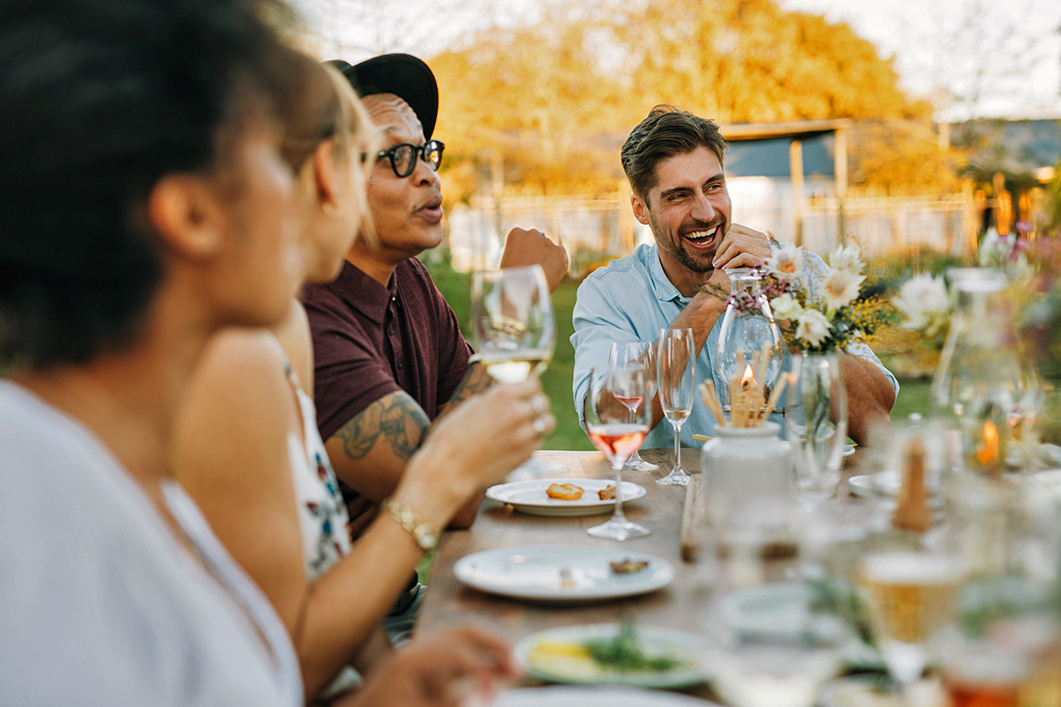
The purpose of wine
is food
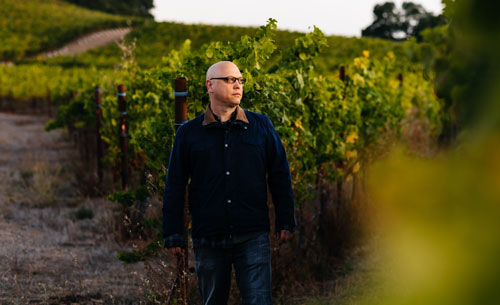
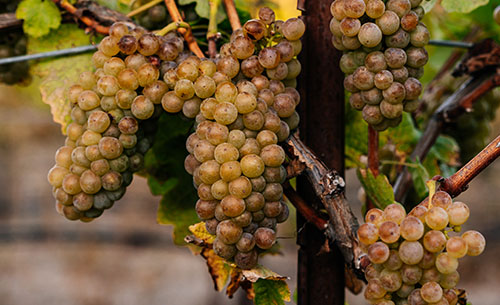
The standard measures of ripeness – sugar, acid, pH – only tell you so much. To achieve the flavor and balance we’re after, you also have to look at physiological ripeness. So we continuously monitor the development of tannins as well as the phenolic compounds that contribute to the wine’s color, flavor and aroma. The French call this engustment, the stage of ripening when aroma and flavor are varietally correct but have yet to reveal the telltale flavors of over-ripeness: raisins and prunes. In nearly every vineyard we grow, we are among the first to pick.
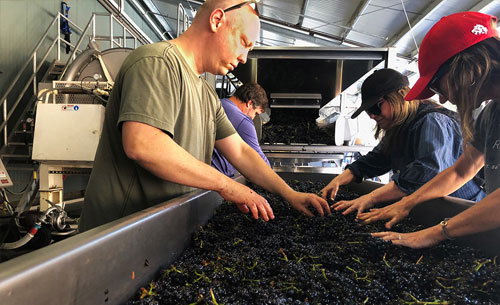
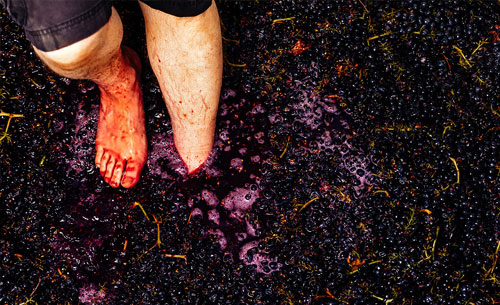
Harvest is emphatically labor intensive. What’s surprising is the sharp eye and soft touch needed to do it well. It starts on the sorting table where many hands make both light work and brilliant wine. Removing MOG (material other than grapes) is merely the first step. Removing under-ripe and shriveled berries is what separates good wine from great.
Foot-pressing is another low-tech / high-touch method for delivering nuanced wine. The pressure exerted by human feet is just enough to break the skin of the grapes without breaking the seeds, which can release harsh tannins. We use this technique for our Roussanne and our Syrah.
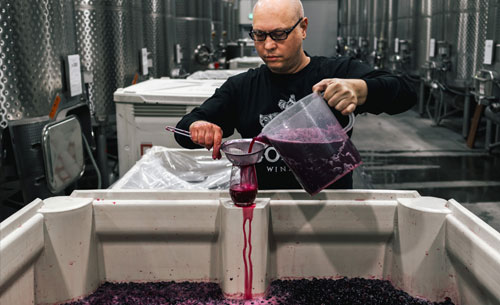
Native Yeast (also known a “wild” or “ambient” yeast) are naturally occurring and can be found on both the berries and in the cellar. Fermenting with native yeast is riskier than using cultured yeasts but we think it’s worth it for the added complexity they bring to the wine’s aromas and flavors.
Another technique we sometimes employ is whole cluster fermentation, choosing not to de-stem the fruit at crush. It, too, is a bit of a gamble. When it works it provides an aromatic lift along with secondary aromas of white pepper, tobacco and earth. When it doesn’t, you get vegetative flavors. For our Pinot Noirs and our Syrah, we include a small percentage of whole clusters because the stems have compounds you don’t find in the fruit and seeds. And they can make all the difference.
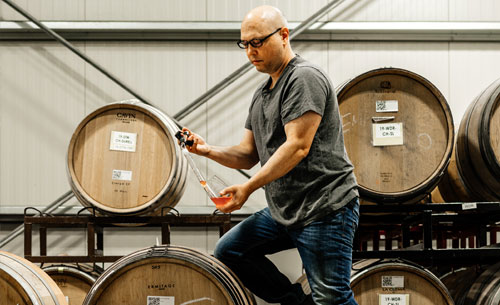
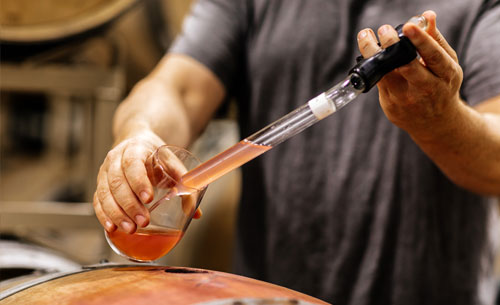
Great wines don’t make themselves; they must be raised with care. This is the concept of élevage – of impelling non-fruit flavors and inducing wine to age gracefully. Oxygen plays a key role in this. As do barrels, which slowly expose wine to small amounts of oxygen.
We are very particular about the barrels we use – the cooperage, the amount of “toast” they receive, and of course, how long the wine stays in them. All of these things contribute to how much flavor is imparted. The telltale aromas of oak – vanilla, spice, clove, caramel – are desirable but only in moderation. Our aim is to court the effect of oak, not its flavor.
Growing grapes and making wine present the vintner with endless variables. There is always something you can do differently, always the potential for a different outcome and hopefully, a better wine. We are very deliberate in how we learn about the vineyards we source from and how to make wines that best express them. And so we experiment. Here’s how that plays out.
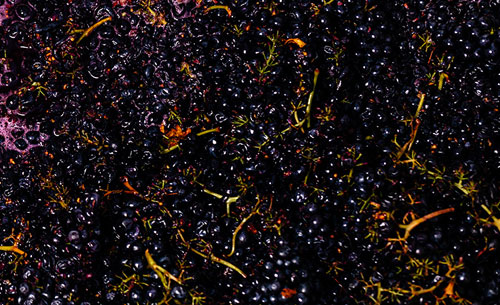
Including stems during fermentation is not an either/or proposition. It’s a matter of degree. While the goal is to make a more complex wine, adding more stems does not always correlate. Sometimes less is more. It depends on how ripe the stems are at harvest (yes, stems ripen too, not just berries). Ripe stems add savory flavors and can lengthen a wine’s structure. Underripe ones impart vegetal flavors and can leave a bitter aftertaste.
So what’s the optimal percentage of stems? For some, 40 percent is excessive; for others, less than 30 percent is insignificant. In short: it depends. Which is why we’re always experimenting, always seeking the right balance of savory and sweet with our Pinot Noirs and Syrah.
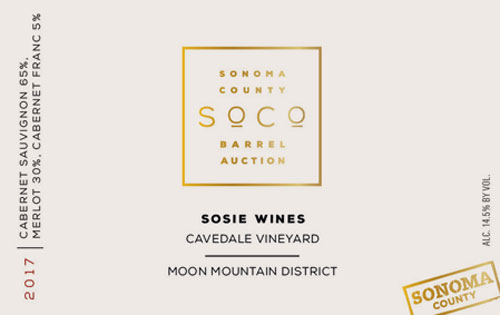
Nearly every wine is a blend of some sort. Some might be a blend of different barrels, each with its own level of toast. Others of different vineyards or appellations, each with its own terroir. Still others might be a blend of different varieties, each with its own flavor profile. While we are always experimenting with different barrels (our “spice rack” so to speak), it’s varietal blending that we’ve been exploring lately.
In 2017, our first and only harvest from Cavedale Vineyard, we had a few tons of gorgeous Cabernet and Merlot, and no firm plan what we would do with it. So we experimented. We went through dozens of blends–some earthy, some fruity, some lean, some plush, some with a dash of Cabernet Franc.
From this exercise, one blend that we liked immensely, we donated to the Sonoma County Barrel Auction. It was very well received. But we didn’t rest. We kept tasting through the barrels, fiddling with the percentages until we arrived at another blend we liked even more. So we bottled it as Sosie Red Blend, our first, and plan to release it sometime in 2020.
What did we learn from all this? For one thing, we learned about the law of diminishing returns; we learned when to stop. More importantly, we learned to trust our palate.
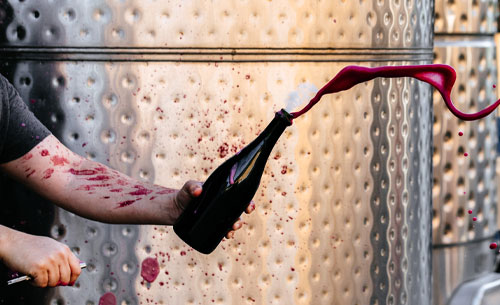
There are perhaps a half dozen ways to make sparkling wine. We are traditionalists so we default to méthode champenoise, where the transformation from a still to a sparkling wine occurs entirely inside the bottle. But that doesn’t mean we don’t experiment. We are obsessive when it comes to dosage.
Dosage is a simple corrective measure — a mix of wine and sugar — used to either balance a too-acidic wine or to actually impart some level of sweetness. Depending on the amount of dosage added, sparkling wines can exist on a spectrum of sweet to dry: doux, demi-sec, sec, extra dry, brut, brut nature. A single gram of residual sugar — added or taken away — makes all the difference. It’s hard work but someone’s gotta do it.